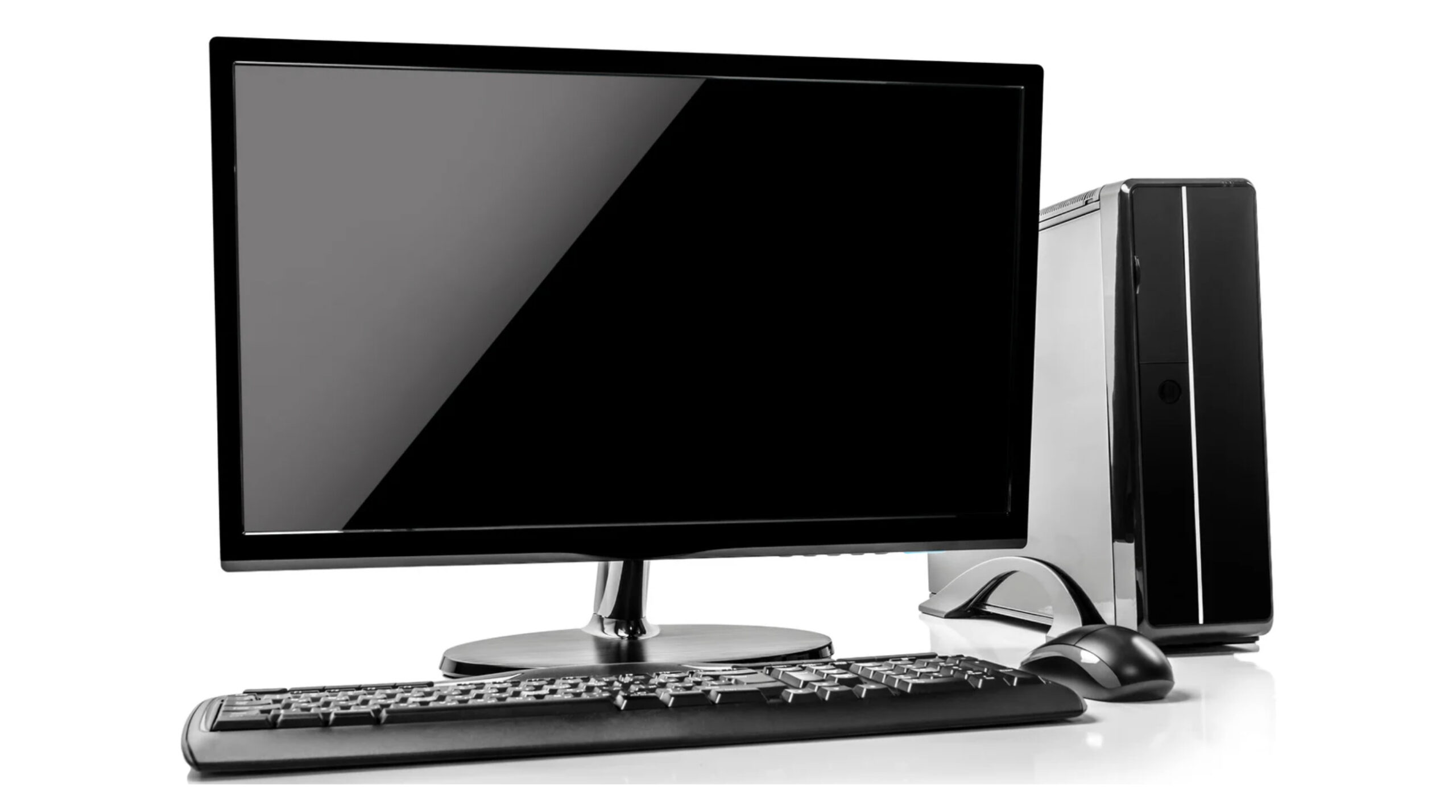The cost of a professional CAD workstation
A Buyer’s Guide for Designers & Engineers
Investing in Your Design Powerhouse
Choosing the right computer for 3D CAD (Computer-Aided Design) software is crucial for a smooth, efficient, and productive workflow. Whether you’re a student, hobbyist, or a seasoned professional, the hardware you select directly impacts performance, especially with complex models, large assemblies, and demanding simulations. This guide breaks down the costs involved and what to look for at different budget levels.
Costs can vary significantly based on component choices, brand, form factor (desktop vs. laptop), and whether you’re buying new or refurbished.
Key Components & Their Cost Impact
Understanding which components drive performance (and cost) is essential.
CPU (Processor)
Crucial for single-threaded tasks (modeling, calculations) and multi-threaded tasks (rendering, simulation). Higher clock speeds and more cores generally mean better performance and higher cost. Intel Core i5/i7/i9 or AMD Ryzen 5/7/9 series are common.
GPU (Graphics Card)
Vital for 3D model display, viewport navigation, and GPU-accelerated rendering/simulation. Professional cards (NVIDIA Quadro/RTX Pro, AMD Radeon Pro) are certified but pricier than gaming cards (NVIDIA GeForce RTX, AMD Radeon RX) which can also perform well.
RAM (Memory)
Allows you to work with larger assemblies and more applications simultaneously. 16GB is a minimum for basic CAD, 32GB is recommended for professional use, and 64GB+ for very large assemblies or complex simulations.
Storage (SSD/HDD)
NVMe SSDs (Solid State Drives) are highly recommended for the OS, applications, and active projects for fast load times. HDDs (Hard Disk Drives) can be used for cheaper bulk storage/archiving.
Monitor
A good quality monitor (or dual monitors) with accurate colors and sufficient resolution (QHD or 4K) enhances productivity. This adds to the overall cost.
Peripherals
Ergonomic mouse/keyboard and specialized tools like a 3D mouse (e.g., 3Dconnexion) can improve workflow but add to the budget.
Component Impact on Performance & Cost
This chart illustrates the general relative impact of key components on overall CAD system performance and total cost. Prioritization depends on your specific workflow.
CAD Computer Cost Tiers (Desktop Estimates)
Prices are approximate and can vary widely. Laptop versions typically cost 15-30% more for similar performance.
Entry-Level / Hobbyist
$700 – $1,200
- CPU: Intel Core i5 / AMD Ryzen 5
- GPU: Entry-level dedicated (e.g., NVIDIA GTX 1650/RTX 3050) or good integrated graphics
- RAM: 16GB
- Storage: 512GB NVMe SSD
- Target Software: Fusion 360 (basic), SketchUp, FreeCAD, Tinkercad, Onshape (cloud)
- Best for: Students, hobbyists, simple parts & assemblies.
Mid-Range / Professional
$1,200 – $2,500
- CPU: Intel Core i7 / AMD Ryzen 7
- GPU: Mid-range gaming (e.g., NVIDIA RTX 3060/4060) or entry-level professional (e.g., NVIDIA RTX A2000)
- RAM: 32GB
- Storage: 1TB NVMe SSD (+ optional HDD)
- Target Software: Fusion 360 (advanced), SolidWorks, Inventor, AutoCAD, Revit (moderate projects)
- Best for: Professionals, moderate assemblies, some rendering/simulation.
High-End / Workstation
$2,500 – $5,000+
- CPU: Intel Core i9 / AMD Ryzen 9 or Threadripper/Xeon
- GPU: High-end professional (e.g., NVIDIA RTX A4000/A5000+)
- RAM: 32GB – 64GB+
- Storage: 1TB-2TB+ NVMe SSD (RAID optional)
- Target Software: Complex SolidWorks/Inventor assemblies, advanced simulations (FEA/CFD), heavy rendering, Catia, Siemens NX
- Best for: Demanding professionals, large/complex projects, intensive computation.
Software-Specific Considerations
While general guidelines apply, some software has specific needs:
Cloud-Based (e.g., Fusion 360, Onshape)
Often less demanding on local hardware for core modeling as some processing is cloud-based. Good internet is key. Still benefit from decent GPU for viewport and RAM for local caching/complex local tasks (CAM, local rendering).
Desktop-Based (e.g., SolidWorks, Inventor, AutoCAD)
Heavily reliant on local CPU (single-core speed is often king for modeling), GPU for graphics, and RAM for assembly size. Professional certified GPUs are often recommended by vendors for stability, especially for SolidWorks and Inventor.
Other Factors Influencing Final Cost
New vs. Refurbished
Refurbished workstations from reputable sellers can offer significant savings for high-end components.
Desktop vs. Laptop
Laptops offer portability but are generally more expensive for equivalent performance and have limited upgradeability.
Brand & Build Quality
Tier 1 workstation brands (Dell, HP, Lenovo) often have higher prices but may offer better support and reliability for professional use.
Tips for Budgeting & Choosing
-
Prioritize based on workflow: If you do mostly modeling, focus on CPU single-core speed. For rendering/simulation, GPU and more CPU cores/RAM are key.
-
Check software requirements: Always consult the minimum and recommended specifications for your primary CAD software.
-
Consider future needs: If possible, invest a bit more for future-proofing, especially in non-upgradeable components like laptop CPUs/GPUs.
-
Don’t skimp on the power supply (PSU) for desktops: A quality PSU is crucial for system stability and longevity.
-
Balance is key: An overpowered GPU with a weak CPU (or vice-versa) will lead to bottlenecks. Aim for a balanced configuration.
Finding Your CAD Sweet Spot
The cost of a computer for 3D CAD software can range from around $700 for an entry-level setup to $5,000+ for a high-performance workstation. The “right” cost depends entirely on your specific needs, the complexity of your projects, and the software you use. By understanding the key components and carefully considering your workflow, you can build or buy a system that provides the best performance for your budget, empowering your design and engineering endeavors.

